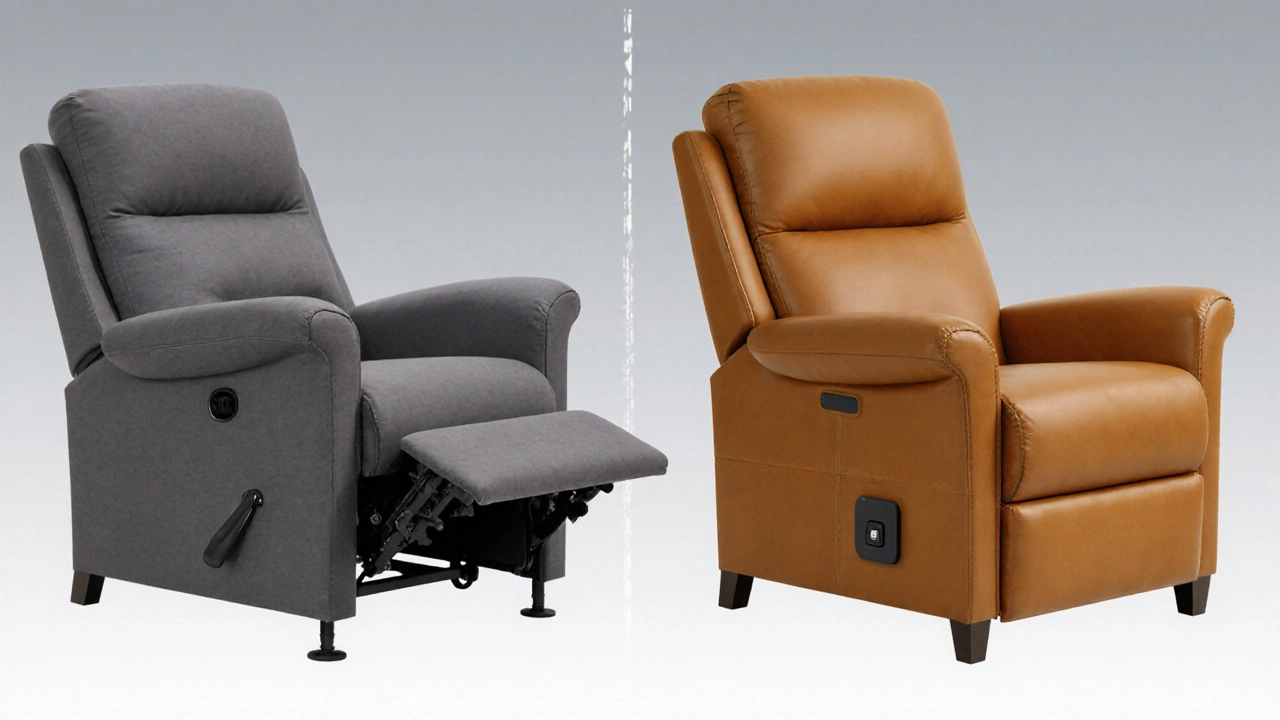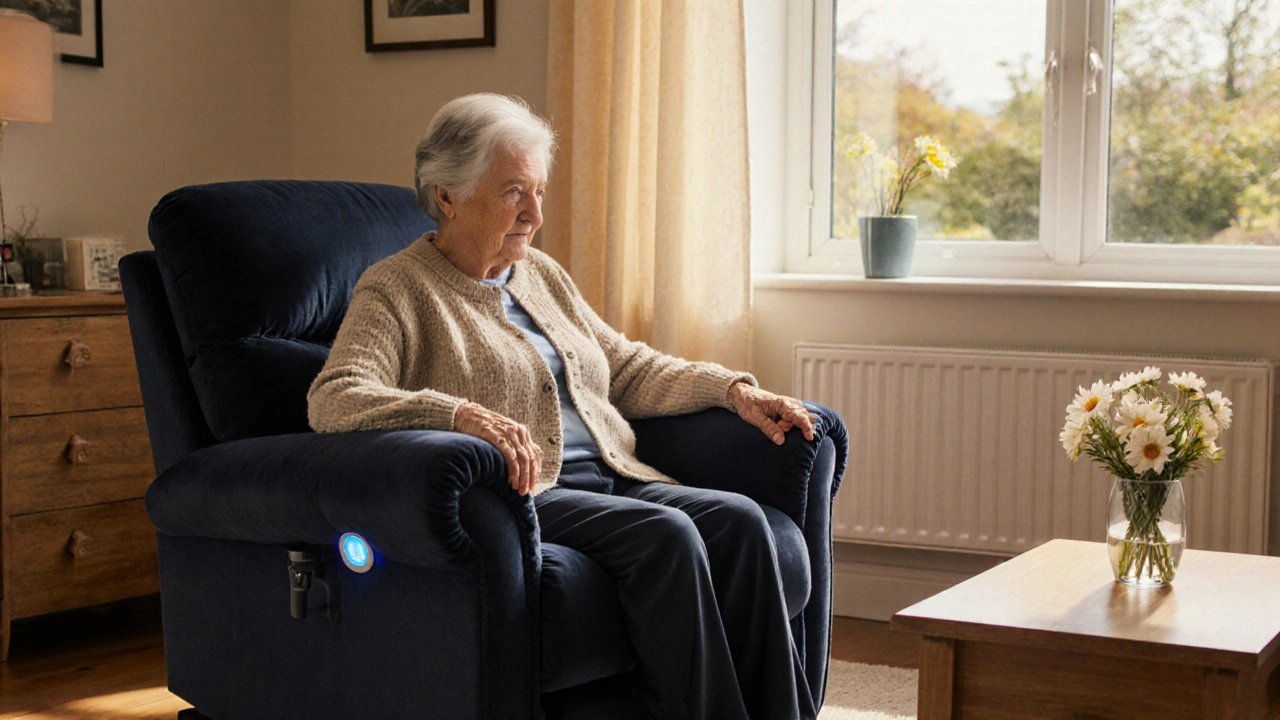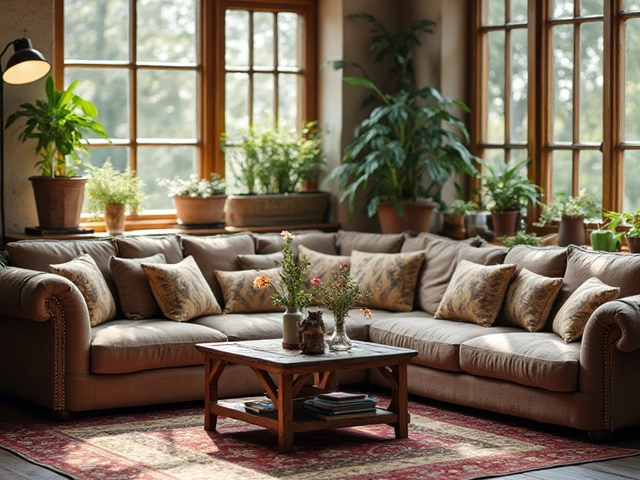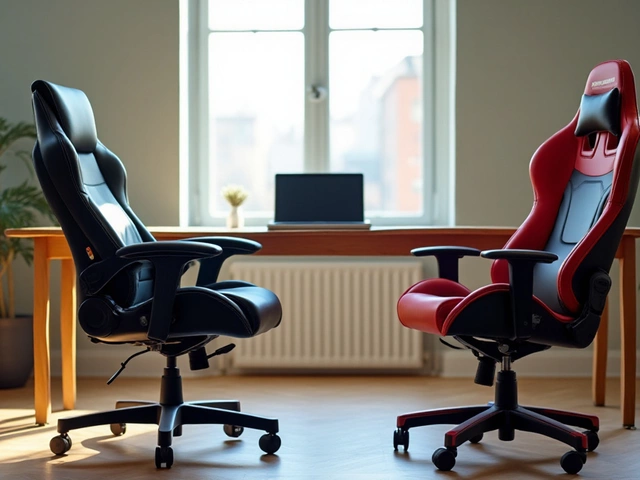When you hear the term senior recliner, you probably picture a plush chair that lets older adults relax without the hassle of squeezing into a hard seat. The reality is a bit richer: a senior recliner blends comfort, safety, and independence into one piece of furniture, making it a practical solution for anyone who needs a bit of extra support while watching TV, reading, or simply unwinding after a long day.
Key Takeaways
- Senior recliners feature lift mechanisms, power options, and sturdy handrails to aid standing and sitting.
- Ergonomic design and proper upholstery protect joints and improve circulation.
- Choosing between manual and power models depends on budget, space, and mobility needs.
- Safety features like weight capacity limits and anti‑tip brakes are essential.
- Regular maintenance extends the chair’s life and keeps it looking fresh.
Understanding a Senior Recliner
Senior recliner is a specialized recliner chair designed for older adults, offering enhanced support, easy-to‑operate mechanisms, and safety features that help prevent falls and reduce strain. Unlike a standard recliner, a senior recliner often includes a built‑in lift system that gently raises the seat, making it easier to stand up. The design aims to preserve independence while delivering the comfort you’d expect from a living‑room favorite.
Core Features to Look For
Not every recliner qualifies as a senior‑friendly option. Here are the must‑have features that separate a true senior recliner from a regular one:
- Lift mechanism a motorized or pneumatic system that raises the seat height to assist users in standing. This is the heart of a senior recliner and can be triggered by a simple button or foot‑pad.
- Power recliner an electrically powered recline function that tilts the backrest and footrest with the push of a button. While manual levers work, a power option eliminates the need for hand strength.
- Handrail a sturdy side rail that provides a grip for balance while sitting or standing. Look for padded grips and a smooth finish to avoid skin irritation.
- Lumbar support contoured cushioning that supports the lower back, reducing pressure on the spine, crucial for seniors with chronic back pain.
- Upholstery material fabric or leather options that are breathable, easy‑to‑clean, and hypoallergenic. Microfiber and top‑grain leather are popular choices for durability.
- Weight capacity the maximum load the chair can safely support, typically ranging from 250lb to 350lb. Verify the rating meets the user’s needs.
- Safety brakes or anti‑tip mechanisms that lock the base when the lift is engaged, preventing accidental movement.
Health Benefits for Seniors
Beyond comfort, a senior recliner can contribute to better health outcomes. The ergonomic design promotes proper posture, which eases pressure on joints and improves blood flow. The lift feature encourages regular movement, reducing the risk of muscle atrophy that often accompanies a sedentary lifestyle. For seniors with arthritis, the ability to recline without manual effort can lower pain spikes during everyday activities.

Manual vs. Power Senior Recliners
| Feature | Manual | Power |
|---|---|---|
| Operation Method | Lever or pull‑cord | Button or remote |
| Ease of Use for Weak Hands | Requires some grip strength | Minimal effort required |
| Initial Cost | Usually $300-$500 | Typically $600-$1,200 |
| Maintenance | Simple, fewer moving parts | Electrical components need occasional service |
| Power Source | None | Requires nearby outlet |
If budget is tight and the user still has decent hand strength, a manual model can work well. For those with limited dexterity or who want a truly hands‑free experience, the power version justifies the higher price tag.
Choosing the Right Upholstery & Style
The look of the chair matters just as much as its function. Upholstery material options range from full‑grain leather, which ages beautifully, to performance fabrics like microfiber that resist stains. If the recliner will sit in a high‑traffic area, opt for a fabric with a tight weave and a removable cushion cover for easy washing. Color choice can either blend with existing décor or act as a statement piece-deep navy or classic tan are timeless picks.
Safety and Accessibility Tips
Even the best‑designed senior recliner can become a hazard if not placed correctly. Keep the chair at least a foot away from walls to allow the lift mechanism to operate freely. Ensure the outlet for a power recliner is within reach but not exposed to water. Test the handrail for firmness; a loose rail defeats its purpose. Lastly, educate the user on how to engage and release the lift safely-many models have a “hold” button that prevents the seat from dropping suddenly.

Buying Guide: Price Range and Where to Shop
Senior recliners are available across a wide price spectrum. Entry‑level manual chairs start around $300, while high‑end power models with premium leather can exceed $1,500. Major retailers like Wayfair, Amazon, and local furniture stores often run seasonal sales-keep an eye on BlackFriday or spring clearance events. If you need a specific lift capacity or custom upholstery, specialty stores that focus on senior living may offer a better fit, though prices can be higher.
Maintenance and Longevity
Proper care can add years to a senior recliner’s life. Vacuum the upholstery weekly to prevent dust buildup. Wipe leather with a damp cloth and apply a conditioner every six months. Check the lift mechanism quarterly for any wobble or unusual noise; lubricating moving parts according to the manufacturer’s guide can prevent premature failure. Lastly, keep the power cord coiled and out of foot traffic to avoid frays.
Frequently Asked Questions
What weight can a senior recliner support?
Most senior recliners are rated for 250lb to 350lb. Always check the manufacturer’s specifications before purchase.
Do power recliners need a special outlet?
No special wiring is required; a standard 120V household outlet works fine. Just keep the cord away from water sources.
Is a handrail necessary?
While not mandatory, a sturdy handrail adds a safety net for anyone with balance issues and is highly recommended for true senior‑friendly models.
Can I use a senior recliner in a small apartment?
Yes, there are compact models designed for tighter spaces. Look for a slim profile and a low footprint, typically under 35inches wide.
How often should I service the lift mechanism?
A professional check‑up every 12-18months is advisable, especially for power‑assist models. DIY cleaning of dust from the moving parts can be done quarterly.
Choosing a senior recliner isn’t just about picking the comfiest seat; it’s about matching features to the user’s mobility, health, and home environment. By focusing on lift mechanisms, safety rails, proper upholstery, and reliable brands, you can find a chair that adds years of comfort and independence.



